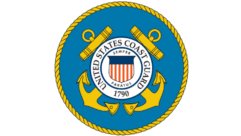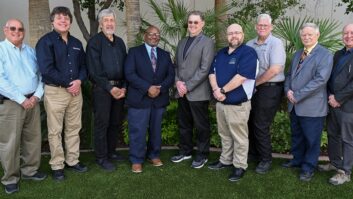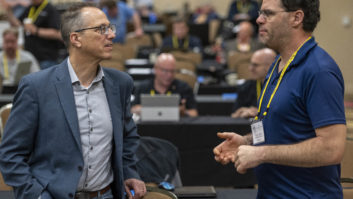
What does the nation’s only around-the-clock public affairs programming station attribute to its longevity and success? Lyndon Johnson may have something to do with it. As do JFK, Donald Trump, tax reform and a congressional hearing or two.
The public affairs radio station C-SPAN marked 20 years of broadcasting this fall, and as it does, it finds itself in the midst of one the most politically charged climates the nation has ever seen.
How have the priorities changed from those first days in October 1997, back when C-SPAN Radio began broadcasting on 90.1 WCSP(FM) to the Washington metro area?
While technology in the studio and the field may have evolved, the channel’s goals and priorities look much as they did when Bill Clinton was president, a gallon of gas cost $1.19 a gallon and tweets were the sole purview of the feathered.
What hasn’t changed is C-SPAN Radio’s main priority: covering public affairs in terms of the big, the small and the in between, said C-SPAN Radio General Manager Kate Mills in an interview with Radio World. “That’s why we are still around and why people are listening,” she said. Whether covering a hearing on Capitol Hill or a speech by the president, the channel offers something that listeners aren’t likely to find anywhere else: gavel to gavel coverage of political events impacting the nation.
When C-SPAN television first debuted, cynical journalists called it “watching grass grow,” said Brian Lamb, C-SPAN founder and executive chairman, in a recent radio interview that aired on C-SPAN Radio. C-SPAN was initially created by cable operators in 1979 as a television program. But as it grew, it evolved into a cadre of three public affairs television networks, programming via www.c-span.org, and C-SPAN Radio, which officially debuted on Oct. 9, 1997.
Nearly 20 years after C-SPAN television debuted, the C-SPAN board of directors began looking for radio station. The University of the District of Columbia was looking to sell their former jazz radio station, and after an initial offer to Salem Broadcasting, the station was sold to C-SPAN for $13 million.
Finally, Lamb said, here was the place where people would be able to get unbiased public affairs information 24 hours a day. “This really was exciting,” Lamb said.
After initiating gavel to gavel coverage of standard House and Senate hearings, C-SPAN Radio began to grow its audience with the rebroadcast of five Sunday morning talk shows from the major networks.
“This is the greatest way in the world to catch all this information [in your car],” Lamb said.

Today, C-SPAN Radio also broadcasts daily standards like “Washington Today,” the afternoon round-up of the top stories of the day, and “Washington Journal,” the station’s live radio morning call-in show.
And the radio station continues to broadcast unique programs, such as the full recording of Lyndon Johnson’s White House tapes.
“In this town, you’d never heard this kind of thing before,” Lamb said. He knew these recordings were going on at the White House with other political leaders at the time, Lamb said, but no one else did.
“They are one of the greatest sources of civic education ever to the public,” Lamb said of the LBJ tapes. “And credit for that goes to Lady Bird Johnson, who agreed to release the tapes sooner than the agreed-upon 50 years after LBJ died. “There are 10,000 conversations, and we put them all on the air here.”
One ongoing misconception that still exists: that the federal government has a hand in running C-SPAN. That’s simply not the case, Lamb said. “It’s really hard for people to understand that, because it looks from the outside like it’s owned by the government,” Lamb said. “But this is a journalistic institution.”
C-SPAN Radio has also made it a priority to hear to what their listeners have to say.
“If you want to hear what the United States population thinks, we’re the place you can hear it,” Lamb said. “If you have the patience to listen to it, the voices are here. People on all sides are listening and participating.”
Today, C-SPAN broadcasts as an HD Radio station on 90.1 MHz, streams online, airs on Sirius XM radio, is accessible via a series of podcasts, is available via a C-SPAN Radio app, is accessible through TuneIn via Google Home or Amazon Alexa, and is available via AudioNow, which allows listeners to access C-SPAN through the phone.
The channel remains so relevant because of the strength of C-SPAN Radio’s mission, General Manager Mills said. “Our goal is to try to cover as may sides of any issue [as possible] and to get out of the way and to let people make their own decisions.”
“We are trying to show there are a lot of different sides of an issue,” she said. “That basic part our mission is strong and has led to our longevity.”
Or, as Lamb puts it, “If you’re into radio, there’s nothing like it. You can’t explain it to people.”











